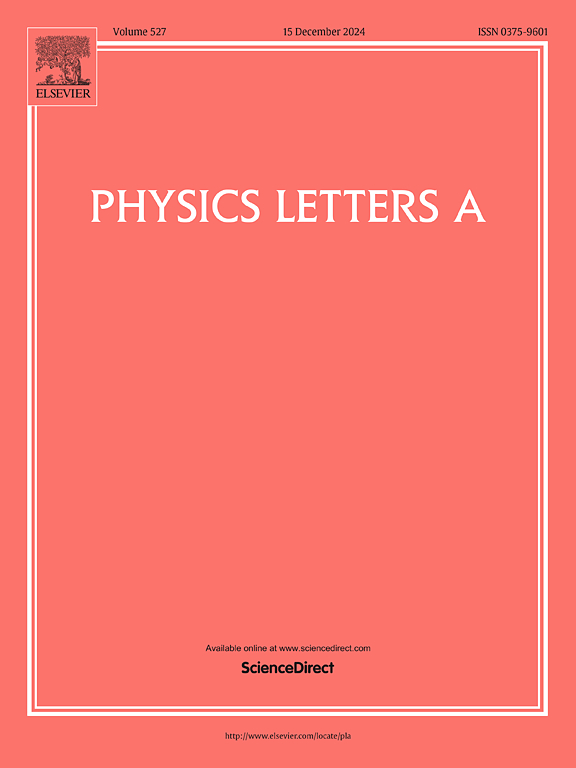研究独立于设备的量子随机数生成
IF 2.3
3区 物理与天体物理
Q2 PHYSICS, MULTIDISCIPLINARY
引用次数: 0
摘要
量子随机数生成(QRNG)是密码学领域的必要资源。然而,对它的认证一直是个挑战。在本文中,我们借助量子纠缠在独立于设备的环境中认证随机性,我们选择双光子干涉作为源特征。CHSH 不等式违反和量子态层析被用作测量设备的独立检查。这些措施确保了量子随机数生成的不可预测性。这项工作可以很容易地扩展到更快的随机性扩展协议。本文章由计算机程序翻译,如有差异,请以英文原文为准。
Investigating device-independent quantum random number generation
Quantum random number generation (QRNG) is a resource that is a necessity in the field of cryptography. However, its certification has been challenging. In this article, we certify randomness with the aid of quantum entanglement in a device independent setting, where we choose two-photon interference for source characterisation. The CHSH inequality violation and quantum state tomography are used as independent checks on the measurement devices. These measures ensure the unpredictability of quantum random number generation. This work can be easily extended to faster randomness expansion protocols.
求助全文
通过发布文献求助,成功后即可免费获取论文全文。
去求助
来源期刊

Physics Letters A
物理-物理:综合
CiteScore
5.10
自引率
3.80%
发文量
493
审稿时长
30 days
期刊介绍:
Physics Letters A offers an exciting publication outlet for novel and frontier physics. It encourages the submission of new research on: condensed matter physics, theoretical physics, nonlinear science, statistical physics, mathematical and computational physics, general and cross-disciplinary physics (including foundations), atomic, molecular and cluster physics, plasma and fluid physics, optical physics, biological physics and nanoscience. No articles on High Energy and Nuclear Physics are published in Physics Letters A. The journal''s high standard and wide dissemination ensures a broad readership amongst the physics community. Rapid publication times and flexible length restrictions give Physics Letters A the edge over other journals in the field.
 求助内容:
求助内容: 应助结果提醒方式:
应助结果提醒方式:


